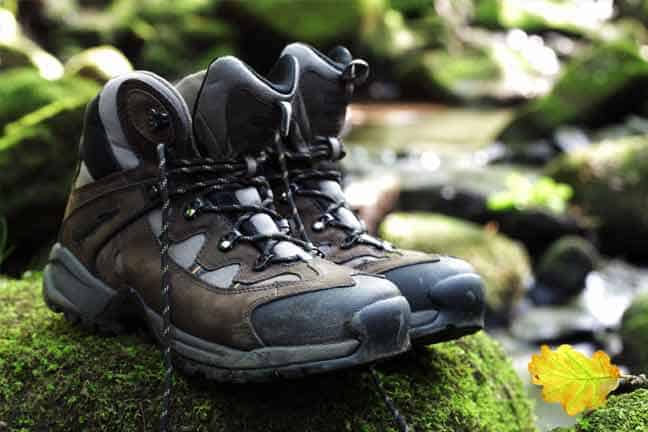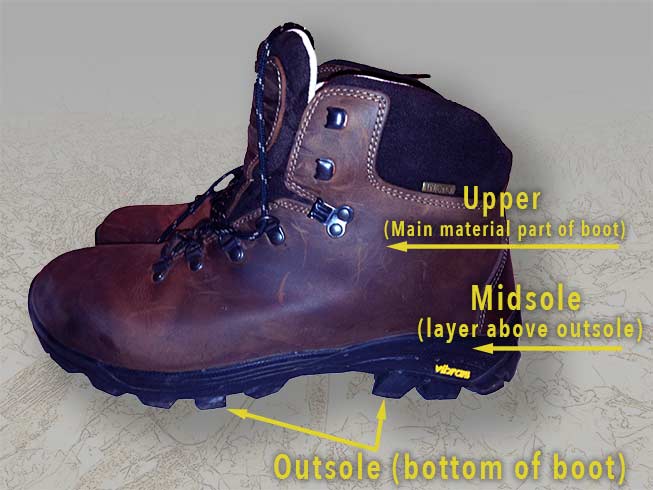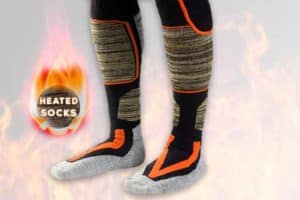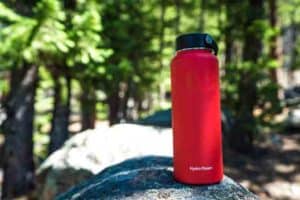

Editor & Article Writer for Outdoor Wilds
What makes a good hiking boot
While there are dozens of optional items to pack for even a short hiking trip, there is one item that I cannot go without. I always need a good pair of hiking boots.
What makes a good hiking boot? A quality pair of hiking boots offers more than just comfort. They also help keep you safe by providing traction and support for traversing hazardous terrain.
Rocks, mud, and dirt can become major obstacles if your feet are not properly attired. If you’re searching for a dependable pair of hiking boots, ensure that they offer the following features.
Understanding the Typical Anatomy of a Boot
Before searching for the right pair of boots, I didn’t know the difference between the outsole and the midsole. It’s hard to understand the differences between types of boots without understanding some of the most commonly used terms.
The outsole is the bottom of the boot. It’s the boot sole that connects with the ground and typically features rigid tracks for added traction. The midsole is the layer directly above the outsole and below the lining on the inside of the boot.
The insole is the removable foam sole that typically becomes worn and stinky. It rests on top of the lining covering the midsole. The upper refers to the materials that cover your foot and toes.
The type of outsole and upper are important details when comparing hiking boots. However, the type of boot that you choose depends on the type of hiking that you plan to do.

The Three Basic Categories of Hiking Boots
The standard hiking boot falls into one of three categories: lightweight, midweight, and heavyweight. I also see these categories referred to as trail, rough-trail, and off-trail.
Lightweight hiking boots
The lightweight hiking boots tend to feature a low-cut or mid-cut ankle. They may also be lighter and feature more breathable uppers and flexible outsoles.
If you plan to hike for several days, you need something a little sturdier compared to the lightweight boots.
Mid weight hiking boots
The mid weight hiking boots feature more durable materials. You’re more likely to find uppers made mostly from leather and stiffer outsoles and midsoles.
Heavyweight hiking boots
With the heavyweight hiking boots, you get the thickest construction and more ankle support. They also typically have TPU midsoles with less cushioning and more support.
All three types may come with a waterproof membrane. Unless you know that you’re going to travel in a dry area, I suggest you choose boots with a waterproof membrane. It’s always better to be prepared and dry.

The Weight and Comfort of the Hiking Boots
Weight and overall comfort are also important considerations for choosing a good hiking boot. The comfort also depends on the fit of the boots.
If the boots are too big or small, they won’t offer the protection and comfort that you need. The best way to get the right fit is to try on multiple pairs of boots.
Always start with your usual size and then try the next size up and the next size down. The boots should have a tight fit without leaving wiggle room for your toes. However, you shouldn’t feel pressure against your toes.
Keep in mind that you can also replace the insole for a more comfortable fit. For example, there are orthopedic insoles with different levels of arch support.
Besides the fit, the padding, material, and weight also impact the comfort of the boots. Heavy boots will wear you down more quickly and may not offer optimal breathability but they offer more support and stability.
Last Thoughts on Choosing a Pair of Hiking Boots
A good pair of hiking boots is essential for any trip. If you’re new to hiking and would like to know how to break in hiking boots check this post out.
However, besides hiking boots, there are a few other types of footwear that you may see on the trail. These options include trail runners and hiking shoes.
Trail runners are similar to low-cut sneakers with better traction. They are mostly intended for running on smooth trails or gravel roads. Hiking shoes are a little more durable and suitable for casual hikes or experienced backpackers.
If you’re hiking through snowy terrain or your trail requires ice climbing, you may need a pair of mountaineering boots. Similar to the standard hiking boot, the mountaineering boot is often insulated and durable.
These boots also feature full-length ankles and shanks for added support. Mountaineering boots are also recommended for using crampons.
The bottom line is that you need to support your feet and ankles when hiking and regular old tennis shoes will not work. Always consider the terrain and distance and then find a suitable pair of boots.
Popular Hiking Posts
Useful links
Popular Posts
- Understanding the anatomy of a boot.
- 3 Basic Categories of hiking boot.
- Weight & Comfort.
- Last thoughts of choosing a pair.






